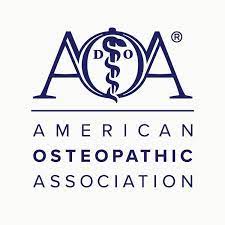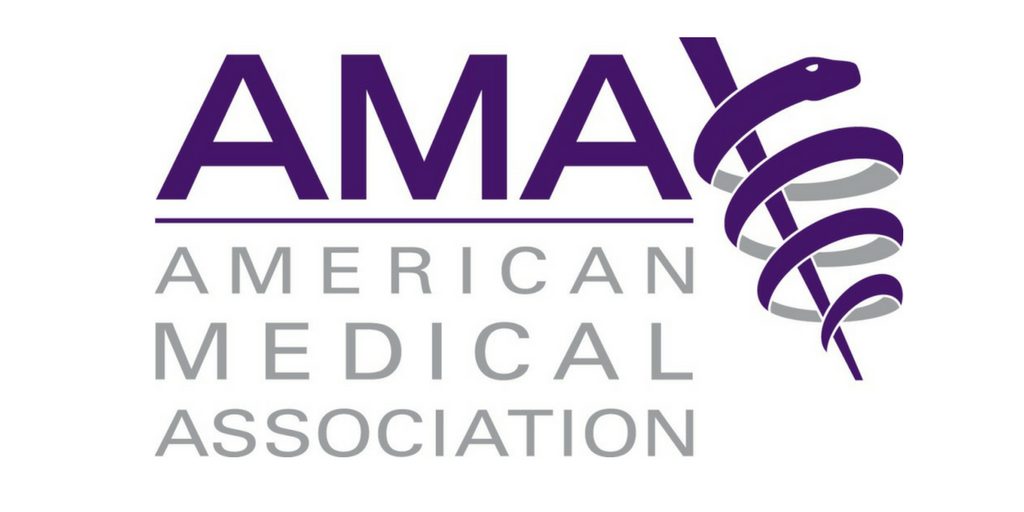
Consider These Treatments Before Knee Surgery
Our joints are more than just bones. They include the soft tissues around them, such as cartilage, tendons and ligaments. Cartilage is the hard slippery flexible tissue that covers the ends of your bones at a joint. Tendons are tough, flexible bands that connect your muscles to your bones so you can move your joints. Ligaments connect the bones of the joint to each other to keep them stable when you move.
The knees are one of the most frequently affected joints by arthritis, also known as OSTEOARTHRITIS. About 70% of people over the age of 65 have knee arthritis. While knee degeneration has many possible causes, one of the most common is from osteoarthritis (OA). This leads to cartilage breakdown in the knee which can lead to increased pain as bone-on-bone movement occurs. This pain can greatly impair movement, and as a result lead to a reduced quality of life. Some treatments, like the Platelet Rich Plasma (PRP) and Hyaluronic acid (aka Gel injection) recommended every 6 months, maximizes joint health and minimizes pain caused by osteoarthritis.
Knee joint arthritis prevention and treatment is important to staying healthy and avoiding surgery. Proactive screenings for prevention and treatment are recommended for anyone over the age of 60.
- Physical Evaluation
- In-office Ultrasound
- Joint Injection
- Physical Therapy
Treatment
Fortunately, there are options available to treat knee pain from osteoarthritis such as Gel injections or Platelet Rich Plasma (PRP). While treatments can depend on the severity of the underlying arthritis, these will generally start with conservative therapies then work up to more invasive treatments as needed. PRP and Hyaluronic Acid injections (also known as Gel injection) are highly recommended for pain relief and enabling the body to heal itself. PRP and Gel injections can improve function, reduce pain, and in many instances delay or avoid knee replacement surgery.
Benefits of Platelet Rich Plasma (PRP)
Regenerative medicine treatments such as the PRP are natural and minimally invasive. They involve having your blood or bone marrow sample taken. The sample gets spun down in a machine called a centrifuge. The healing factors are separated during this process and then injected into the site of injury. Like all of our injections, these are also done in an office setting with ultrasound imaging. Ultrasound imaging enables directed and precise therapy. This procedure jumpstarts your body’s healing process by supplying nutrient rich products to the injured area.
Benefits of Gel Injection
Injecting Gel into knees restores proper lubrication and cushioning to joints, which may slowly degenerated due to arthritis. The treatment may also reduce inflammation and protect joint cartilage from further wear and tear. The gel is made of Hyaluronic acid that is naturally present in joints, and functions as a lubricant and a shock absorbent to provide cushioning and reduce bone-on-bone contact.
Insurance Coverage
The gel injections are covered by mainly all commercial and government insurance plans. Medicare provides coverage of the Gel injection every 6 months. Commercial insurance plans such as BCBS, UHC, Aetna, and others also provide coverage for the Gel injections and recommend them to be conducted every 6 months.
PRP is not covered by commercial insurance carriers and only covered by TRICARE (military and DoD insurance).
Don’t let knee pain affect your lifestyle. Call us today for consultation.
Joint health importance and improvement should be part of our daily regiment
Ways to improve bone and joint health include a diet rich in fresh fruits and vegetables. Leafy greens are especially rich in calcium and other minerals that can help both your joints and bones. If you exercise, be sure to choose low impact exercises that do not place too much strain on your joints. Many people choose walking, cycling or swimming to stay in shape. Yoga and gentle stretching can help keep your joints more flexible, too. Lifting small weights can also improve your bone density.
Exercise also improves mood, reduces stress and boosts your immune system. The best time to fight osteoporosis is before it begins. Bone and joint health are a part of your overall wellness. You should also talk to your doctor, as certain medications (even over the counter ones), can leech calcium from your bones.




